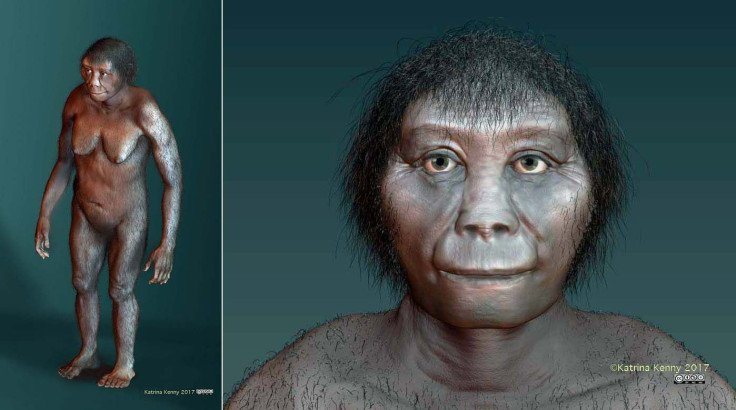Hobbit Bones Reveal Evolution Of Ancient Human Species

Scientists may have finally figured out how hobbits evolved. It’s not the fantasy characters they are focused on, but a group of short humans whose fossils were found on an Indonesian island a decade ago. A study in the Journal of Human Evolution says the bones of Homo floresiensis can be connected to one of the earliest known human species.
The experts have been torn on the origin of these exceedingly small humans. Some believe they derived from the Asian ancestor of modern humans called Homo erectus, with their tiny bodies evolving “to survive the constrained resources they faced in a new island environment” although no Homo erectus remains have been found on that island, Flores. There were also theories that they were simple Homo sapiens with some sort of condition, like Down syndrome, or that they descended from an earlier African human ancestor.
Read: Scientists Use Skull and Bones to Recreate Ancient Woman’s Face
After analyzing the bones, the researchers say the hobbit humans evolved from an African ancestor that dates back to 1.75 million years ago, making it a cousin of another famous extinct descendant known as Homo habilis. They ruled out the hobbits being descended from Homo erectus because the former’s jaw seemed more primitive than that of the latter.

“It’s possible that Homo floresiensis evolved in Africa and migrated, or the common ancestor moved from Africa then evolved into Homo floresiensis somewhere,” study leader Debbie Argue said in a statement from Australian National University. It’s also possible that the little humans “evolved before the earliest Homo habilis, which would make it very archaic indeed.”
The hobbits still could have been alive as recently as 55,000 years ago.
See also:
Ancient American Teen Gave Birth, Then Fell to Her Death
Fossil of Ancient Head Shows How Humans and Neanderthals Evolved
© Copyright IBTimes 2024. All rights reserved.




















